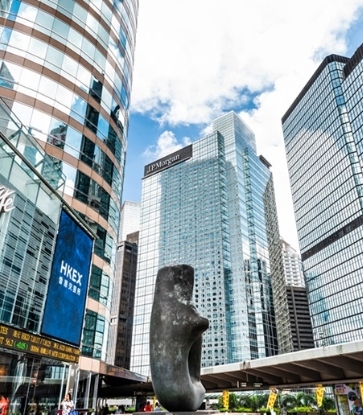Gwamegi, a winter delicacy you either love or you hate. I’m a fan.
Gwamegi is semi-dried Pacific herring or Pacific saury produced predominantly in the village of Guryongpo in Pohang, Gyeongsangbukdo Province. There are several reasons why this small fishing village, which sits on the easternmost tip of the Korean Peninsula, is accountable for 80% of Korea’s total gwamegi production.
First, the wind. The northwesterly winds that blow from inland in the winter are crucial for gwamegi production. This is because oily fish like herring and saury spoil easily, and a constant stream of dry frigid wind is necessary to keep humidity–one of the biggest enemies of the industry– at bay. But nature is known to be unpredictable, and hence many gwamegi producers today rely on machinery to mass dry the fish in order to avoid the risk of spoilage. Also, although temperatures around this area plunge below zero by night, day-time temperatures remain at a constant 4 to 5 degrees Celsius throughout the winter. These conditions make Guryongpo the ideal production base for gwamegi production.

Gwamegi season sets in around mid-November and lasts until February. During the season, rows and rows of drying racks can be spotted along the coast, with nearly every household in the village partaking in the seasonal operation.
Once cleaned and hung, the fish go through the process of freezing overnight and thawing during the day. This process is repeated until the moisture level of the fish drops to roughly 40%. The constant freezing and thawing lend these already-robust fish an intensely concentrated flavor. Their once-translucent flesh takes on a rusty brown shade, and their texture becomes dense and meaty.
In the old days, gwamegi was predominantly made with Pacific herring – a once cheap and plentiful fish in Korea. But as their population dwindled into the 1960s, locals turned their attention to Pacific saury. Although the two silvery forage fish may share a similar appearance, Pacific saury is longer and slimmer than herring. It is also less oily. While saury will typically dry within 3 to 4 days after being hung, it takes roughly 10 days for the plumper herring to dry.

Pacific saury and Pacific herring both pack a punch in terms of flavor, even when consumed fresh. But the taste of gwamegi is so much more complex than their fresh counterparts, thanks to the magic that happens when the fish are dried and aged – similar to what happens when you dry-age beef.
Over time, enzymes in the fish’s muscle cells break down the proteins into amino acids including glutamate – hello, umami! Also, as the fish gradually lose their moisture, the flavors become more concentrated. This is why a handful of dried anchovies goes a long way when making flavorful stocks.
As for which of the two fish tastes superior, there really is no consensus. Some say they prefer herring gwamegi for its deeper umami while others say they prefer saury gwamegi for its rich and buttery texture.

Most gwamegi served in restaurants and sold at markets are ‘baejigi.’ These are saury or herring that have been cleaned, gutted, and filleted before being dried. Down in Guryongpo, locals enjoy a slightly more hardcore–and admittedly less popular–version called ‘tongmari.’ These are the ungutted fish that have been dried whole with the heads intact. Whole gwamegi are known to taste even stronger than the filleted version due to the presence of the head and the intestines – which are removed, along with the skin and the bones, before serving.
Gwamegi is hand torn or cut up into bite-sized strips and served with an assortment of fresh ssam vegetables, dried seaweed, as well as fresh seaweed to wrap the fish in.
Other common accouterments include pungent aromatics like sliced raw garlic, fresh scallions, and garlic shoots, which effectively help cut the fishiness and oiliness of the fish. A side of vinegared gochujang is a must for a little heat and tang. Ssamjang for a sweet-savory note that brings everything together.
And, of course, a bottle of chilled makgeolli to wash it all down.
Published 2018.01.08



















